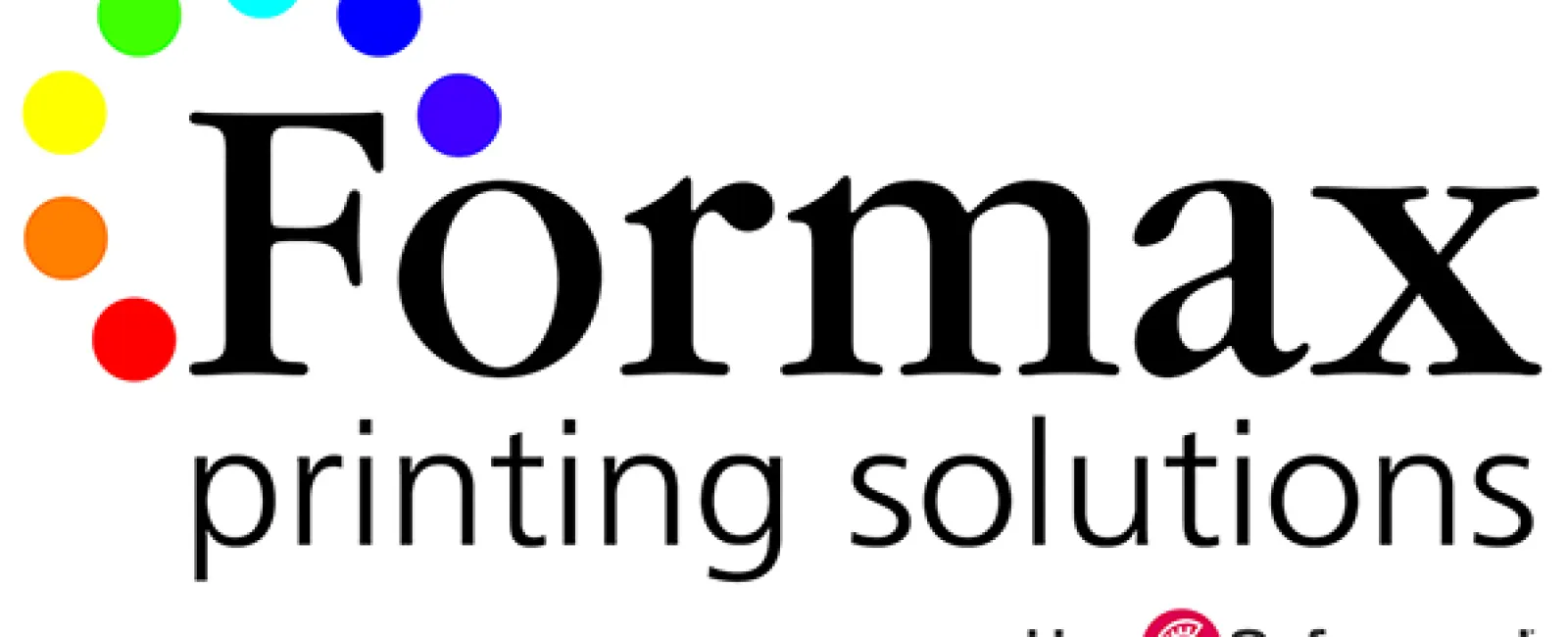What is Saddle Stitch Binding?
Saddle stitch binding is a simple and cost-effective bookbinding method where pages are folded in half and then secured through the fold line with staples or stitches. The name comes from the way the folded pages are draped over a 'saddle' during the stitching process. It is commonly used for documents with a low page count.
Benefits of Saddle Stitch Binding
There are several advantages to using saddle stitch binding:
Cost-Effective: It's one of the most economical binding methods, especially for short print runs.
Quick Turnaround: The process is relatively fast, allowing for quicker production times.
Lays Relatively Flat: Saddle-stitched documents can lay relatively flat, making them easier to read and handle compared to some other binding styles.
Lightweight: Adds minimal weight to the finished product, which can be beneficial for mailing or distribution.
Suitable for a range of paper stocks: Works well with a variety of paper types and finishes.
How Saddle Stitch Binding is Done
The saddle stitch binding process involves these key steps:
1. Page Preparation: Pages are arranged in the correct order, considering the page count and layout.
2. Folding: The pages are folded in half along the spine.
3. Stitching: The folded pages are placed over a saddle, and staples or stitches are inserted through the fold line to secure the pages together. Two staples are most common, but more can be added for larger documents.
4. Trimming (Optional): The open edges of the booklet might be trimmed to create a clean, even finish.
Common Uses for Saddle Stitch Binding
Saddle stitch binding is a popular choice for a variety of publications, including:
Booklets
Magazines
Brochures
Newsletters
Promotional Materials
Calendars
Exam Papers
Tips for Achieving the Best Results
To ensure high-quality saddle stitch binding, consider these tips:
Page Count: Keep the page count within a reasonable range. Saddle stitch binding is best suited for documents with a lower page count (typically up to 64 pages, depending on paper weight). Too many pages can cause the booklet to bulge and not lay flat.
Paper Weight: Choose an appropriate paper weight. Thicker paper can make the booklet bulky, while thinner paper may not provide enough support for the staples.
Proper Imposition: Accurate page imposition is crucial for ensuring that the pages are in the correct order after folding. (Imposition is how the pages of a document are arranged so that they will appear in the correct order after printing and binding.)
Staple Placement: Ensure that staples are placed evenly and securely along the spine.
Consider Creasing: For thicker paper stocks, creasing the fold line before binding can help prevent cracking and create a cleaner fold.
Work with a Professional: If you're not experienced with saddle stitch binding, it's best to work with a professional printer or bookbinder who can ensure a high-quality finished product.
In summary, saddle stitch binding is a versatile and economical binding method perfect for shorter documents. By understanding its benefits, process, and common applications, you can determine if it's the right choice for your next project. Remember to follow the tips provided to achieve the best possible results and ensure a professional-looking finished product. Do you have an upcoming saddle-stitch project? Reach out to us at 866.367.6221 or submit our quote request form. As always we would be happy to help.
Take care, Rick




